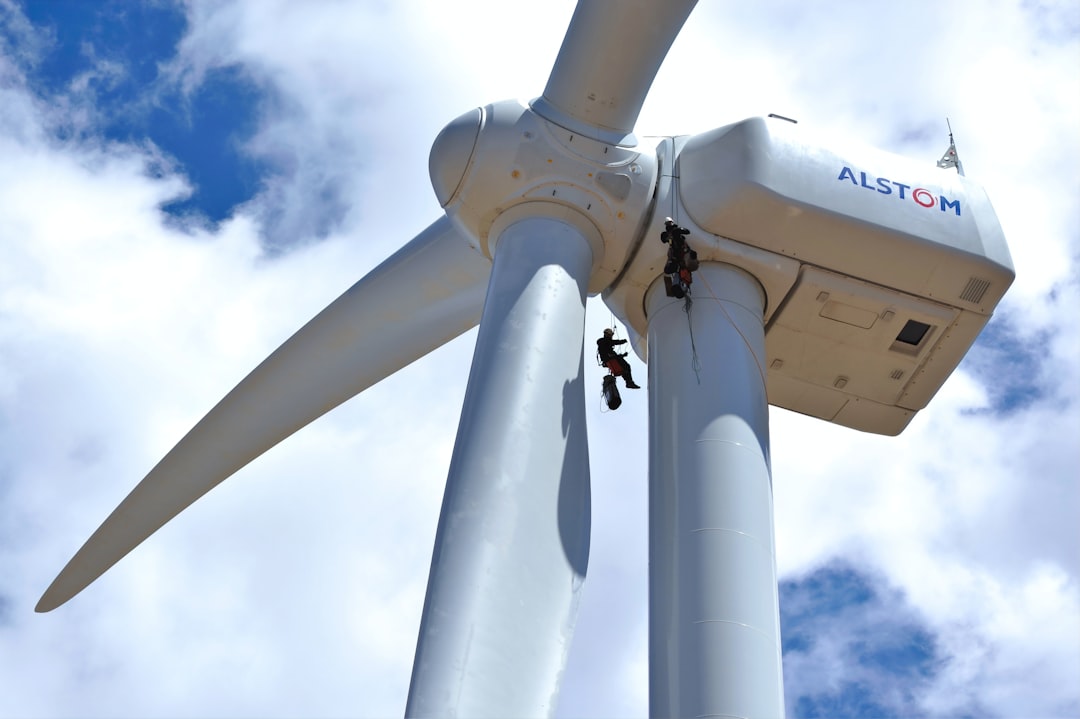What is it about?
Aquifer salinization is a problem in many low-lying deltas around the world and this problem worsens due to rising sea levels and changing weather patterns. The geology and climate as well as human influences such as drainage, determine the extent of salinization of coastal aquifers and the size of the remaining freshwater bodies. Many coastal zones around the world have irregular precipitation throughout the year. This results in discontinuous natural recharge of coastal aquifers, which affects the size of freshwater lenses. In this study we calculate with a numerical model (Seawat) the size of freshwater lenses in sandy deposits under climate scenarios that are representative for the current (1960–1990) and the future (2070–2100) situation based on IPCC reports. We do this for 12 climates: Ameland (The Netherlands), Auckland and Wellington (New Zealand); Hong Kong (China); Ravenna (Italy), Mekong (Vietnam), Mumbai (India), New Jersey (USA), Nile Delta (Egypt), Kobe and Tokyo (Japan), and Singapore.
Featured Image
Why is it important?
Because of climatic change, not only the total annual rainfall might change but also the length of the periods in which there is no natural recharge of coastal aquifers may change. This will have consequences for the amount of fresh ground water in coastal areas.
Read the Original
This page is a summary of: Seasonal variation in natural recharge of coastal aquifers, Hydrogeology Journal, March 2013, Springer Science + Business Media,
DOI: 10.1007/s10040-013-0960-9.
You can read the full text:
Contributors
The following have contributed to this page










